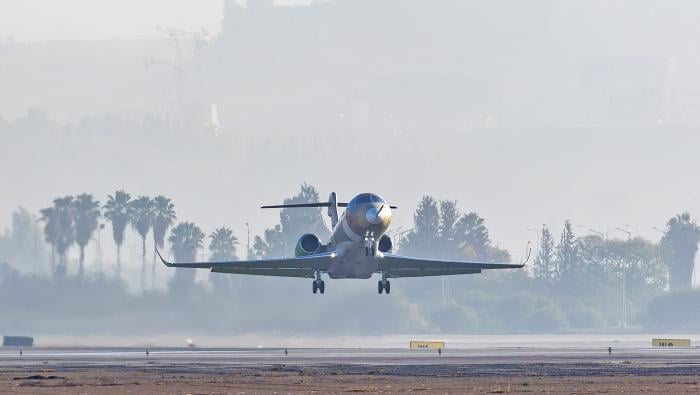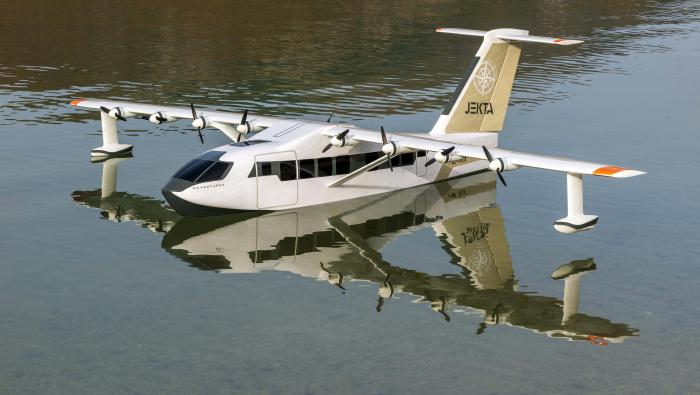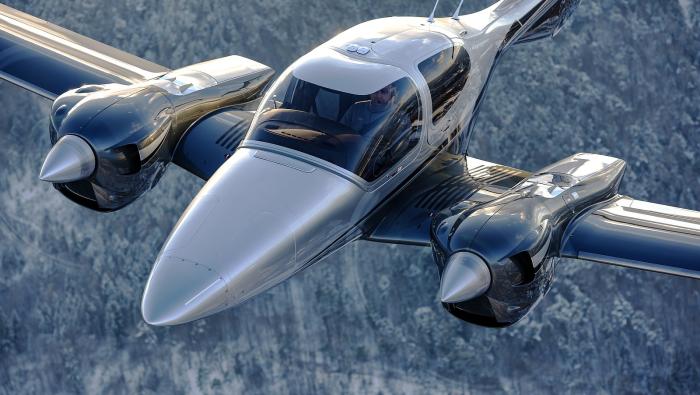New Bizjets: Strong economy fuels new-aircraft development
Aerion
Aerion SSBJ–Aerion continues on track with development efforts for its supersonic business jet.
Aerion SSBJ–Aerion continues on track with development efforts for its supersonic business jet.








